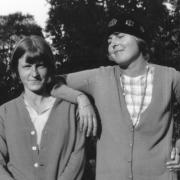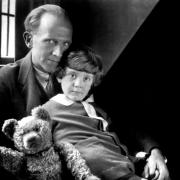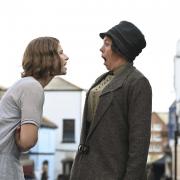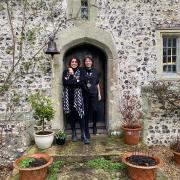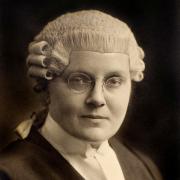As far as visitor books go, the one at Scalands Gate in Robertsbridge is unusual. The guests, who included painter and poet Dante Gabriel Rossetti, artist Walter Sickert and political activist Millicent Fawcett, painted their signatures on the bricks of the inglenook. And there they remain today.
Add to the above, artist Ford Madox Brown, garden designer Gertrude Jekyll and textile designer William Morris. Yet even more surprising is that their hostess is almost unheard-of. Barbara Leigh Smith Bodichon was born in 1827, the illegitimate first child of a miller’s daughter, Anne Longden, and Benjamin Smith, a successful businessman and liberal politician.
Smith had a conviction that marriage was unnecessary; such a strong conviction that it could not be shaken by the obvious disadvantage that illegitimacy was to his children. And this birth stain is at the heart of this book, which tells us of the firecracker that Barbara grew into, sending sparks of light and warmth in all directions.
An outcast from polite Victorian society, she revelled in the freedom which that, and family money, gave her. Wearing no stays, her hair red and loose, she addressed meetings, talked about female sexual pleasure, wrote to the newspapers and published pamphlets calling for the vote for women.
Robinson’s book reads like a Who’s Who of Victorian political and artistic society. A network of Barbara’s circle includes her cousin Marian Evans (better known as George Eliot), Florence Nightingale, novelists Charlotte Bronte and Elizabeth Gaskell, artist and Pre-Raphaelite muse Lizzie Siddal, and politician and philanthropist William Wilberforce.
The firecracker was first and foremost a feminist. Her childhood homes, near Scalands and on Hastings seafront, nurtured a freewheeling champion of her sex. Barbara fought for married women’s property rights, the right to divorce, decent treatment for the mentally ill and, of course, female suffrage.
She co-founded Girton College, Cambridge, and the campaigning English Women’s Journal. At its offices in Langham Place in London, there was a Ladies’ Institute which had a women’s reading room and luncheon room, with lavatories. So, for an annual subscription of a guinea, women could stay away from home during the day for longer.
You close this book with a new character in your mental list of great Victorians: a breathless woman refusing to break her stride for mere convention. The visitor book in brick shakes our lazy view of Victorian stuffiness – the era was full of reformers and iconoclasts. Many were undersung women, who threw off their stays, both physical and social, so we later women could breathe and move more freely.
Trailblazer: The First Feminist to Change Our World by Jane Robinson is published by Doubleday at £25.







